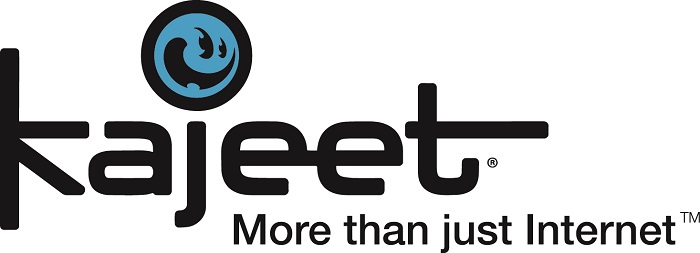Priorities
Equity of Access
Digital Equity
SETDA has endorsed the Digital Equity Act of 2019, led by Senator Murray and Senate Democrats to help close the digital divide impacting communities across the nation. The Digital Equity Act builds on recent efforts to increase access to broadband by prioritizing “digital inclusion”—activities that seek to provide individuals and communities with the skills, supports, and technologies necessary to take full advantage of a broadband internet connection when they have one.
Legislation creates two new $125M grant programs aimed at promoting #DigitalEquityNow and supporting digital inclusion programs for students, families, and workers.
The Congressional Research Service issued the following report highlighting models of state broadband leadership and solutions to inform plans around efficiently delivering broadband to all areas, especially under-served regions:
State Broadband Initiatives: Selected State and Local Approaches as Potential Models for Federal Initiatives to Address the Digital Divide
https://crsreports.congress.gov/product/pdf/R/R46307
The report is a close cousin to SETDA’s various iterations of The Broadband Imperative and highlights the great work of many of our SETDA members. We may want to lean on its content to shine a light on our own best-practices programs and argue for CARES Act and other funding sources to expand broadband in our states and regions.
Digital Access
As we explore the broadband needs of today’s K–12 schools and students, it is important to remember that equitable access to high-speed broadband is the foundation upon which today’s schools create enhanced and empowering digital learning experiences. With reliable high-speed broadband access, teachers can utilize digital tools and applications to cultivate student-centered, personalized learning.
Additionally, off campus access for educators and students is essential for ensuring equitable access to digital tools and resources for all students. As instructional materials continue to shift to digital, where content may be exclusively available online, students must have access to broadband and devices outside of school, particularly at home, to be successful.

![]()
